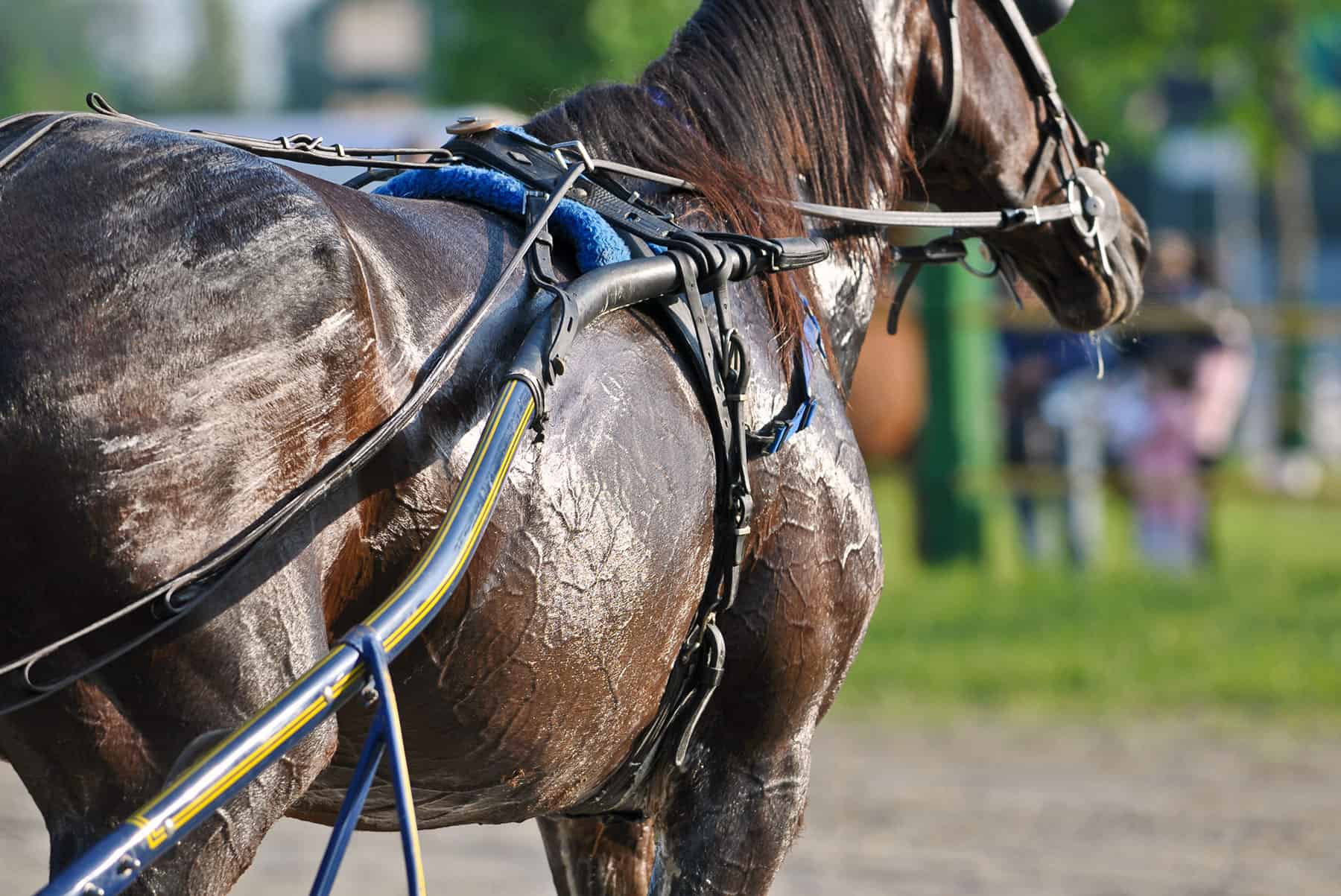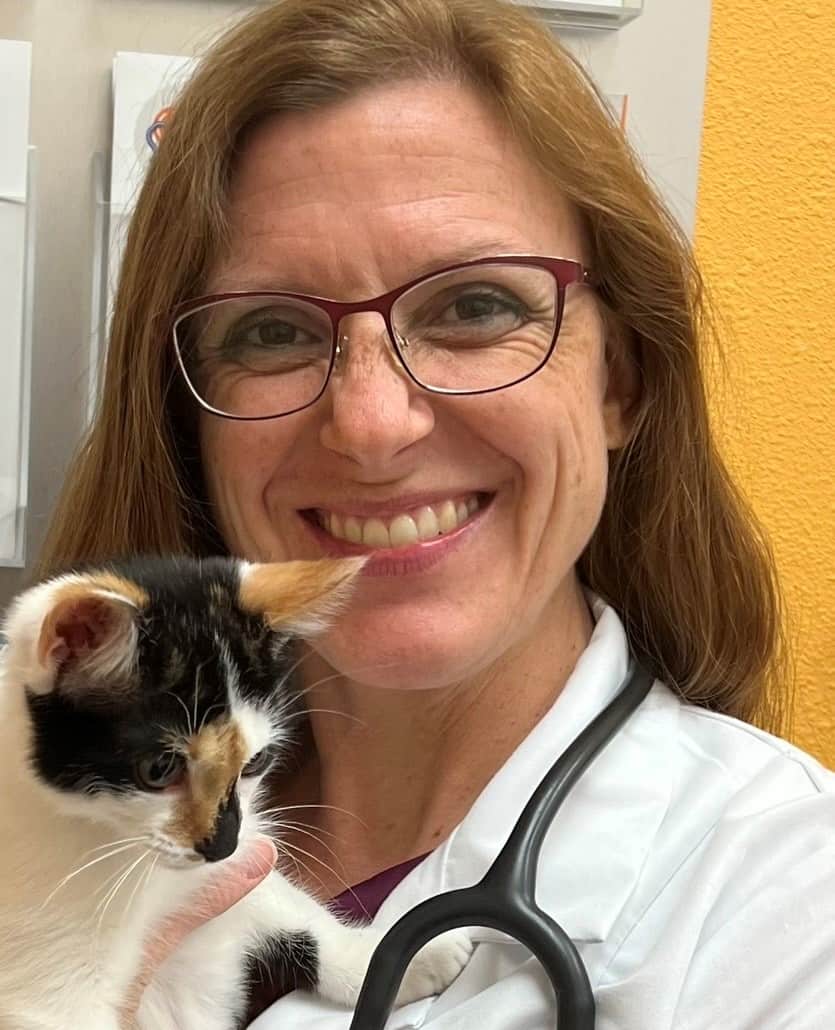Tying-Up in Horses: Where Do We Stand?
- Topics: Anatomy & Physiology, Breed-Specific Health Issues, Draft Breeds, Exercise-Related Conditions, Injuries & Lameness, Lameness, Muscle and Joint Problems, Musculoskeletal System, Nutrition, Nutrition-Related Problems, Polysaccharide Storage Myopathy (PSSM), Quarter Horses, Special Needs Nutrition, Sports Medicine

What we know (and still need to learn) about polysaccharide storage myopathy
For the past several hundred years horse owners have struggled to care for charges afflicted with “Monday morning disease,” a crippling condition that affects horses after a day off from work.
“Although owners did recognize the terrible discomfort their horses were in, recall that horses were the primary means of transportation in those days,” says Stephanie Valberg, DVM, PhD, Dipl. ACVIM, ACVSMR. “Time off from tying-up was a major problem, effectively grinding the transportation system to a halt.”
Horse owners didn’t realize the condition’s severity and, so, carried on with their riding and driving as the symptoms cleared. Now, we know Monday morning disease is actually the muscle disorder exertional rhabdomyolysis (ER), more commonly referred to as tying-up, and it must be managed carefully TheHorse.com is home to thousands of free articles about horse health care. In order to access some of our exclusive free content, you must be signed into TheHorse.com. Already have an account?Create a free account with TheHorse.com to view this content.
Start your free account today!
and continue reading.

Written by:
Stacey Oke, DVM, MSc
Related Articles
Stay on top of the most recent Horse Health news with















